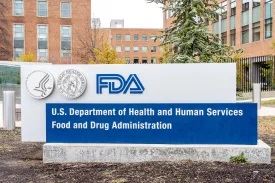
Earlier this month, the U.S. Food and Drug Administration ("FDA") completed guidance to help companies remove violative products from the market in a swift and effective manner. The guidance describes the precautionary steps companies should take to develop recall policies and procedures that include training, planning, and recordkeeping to reduce the amount of time a recalled product is exposed to the public.
The FDA's final guidance explains a variety of best practices for establishing, implementing and training on a recall plan. Some recommendations include:
- Using an adequate product coding and maintain distribution records to facilitate quicker, and more accurate recall actions.
- Developing recall procedures to swiftly inform their entire distribution chain of the recall, thus, consignees can rapidly identify affected lots and recall downstream products when necessary.
- Using electronic communications to quickly identify and provide certain product detail when alerting consignees and the public about a voluntary recall.
- Acting quickly to initiate a recall when the public's health is at risk prior to completing an investigation into the cause of the recall.
Over the past several years, FDA has issued a variety of guidance documents to made proactive and systemic improvements to the recall process. These guidance documents include the following topics:
- Public availability of lists of retail consignees to effectuate certain human and animal food recalls;
- Mandatory recalls for human and animal foods; and
- Public warnings and notifications for all FDA-regulated products, which reiterates a policy to rapidly post new recalls to the FDA's weekly Enforcement Reports, a public listing of all recalls monitored by the FDA.
The FDA's guidance reflects the agency's ongoing commitment to work closely with companies so they can quickly act to protect the public from violative products on the market. Food, dietary supplement, medical device, and cosmetic industry members are encouraged to reach out to their Husch Blackwell attorney or a member of the Food & Agribusiness team, to discuss how their current recall plans should be updated in light of this guidance or how to establish a recall plan.
The content of this article is intended to provide a general guide to the subject matter. Specialist advice should be sought about your specific circumstances.

